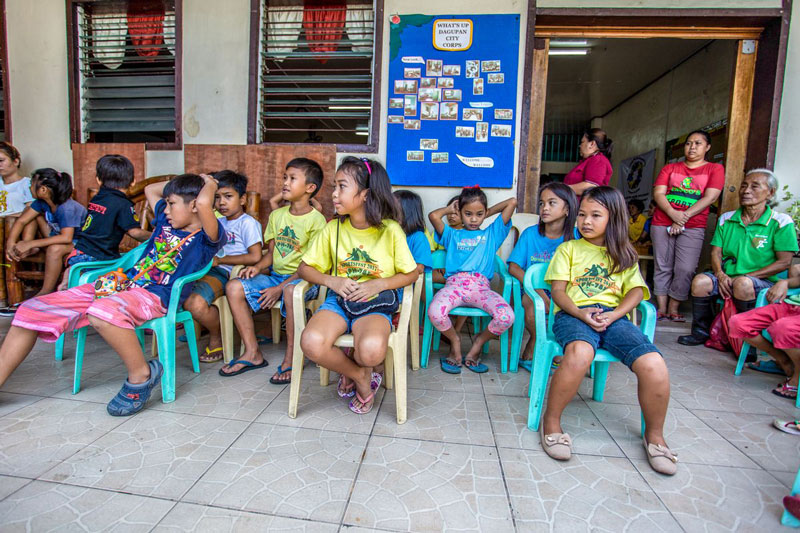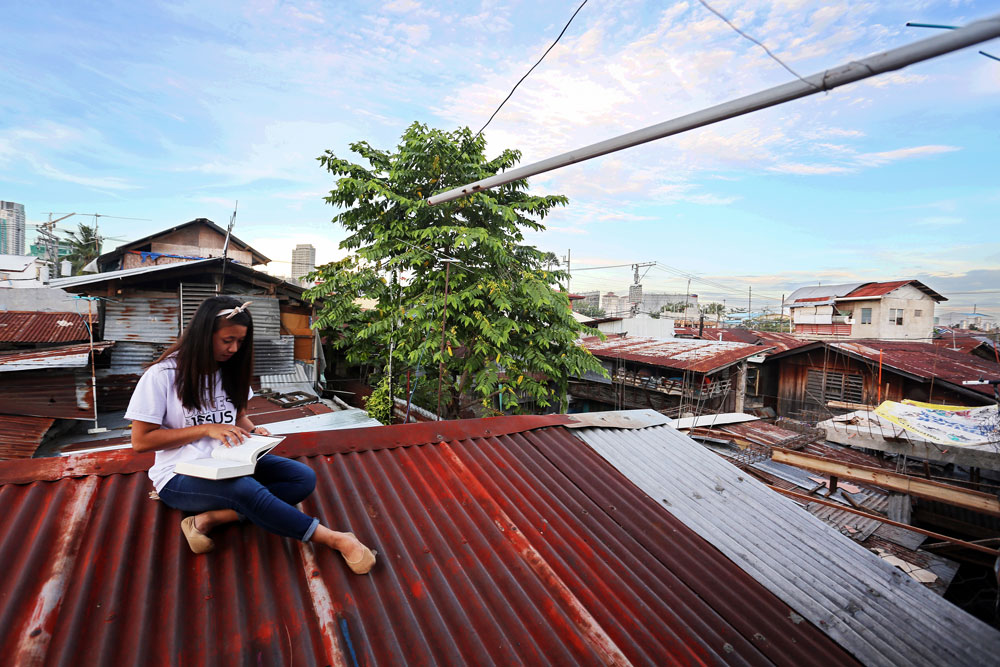Key Challenges in the Philippines & Our Response
While the Philippines is a beautiful country with incredible beaches and wildlife, it’s also home to many impoverished families. And children living in impoverished communities face the devastating challenges of poverty.
Abuse & Violence Put Children at Risk
Many children in the Philippines face abuse, violence and exploitation. For example, recent data shows that 10.9% of girls aged 15-19 suffer physical or sexual violence. And unfortunately, poverty can increase the risk of abuse and violence.
Our Response: Ensuring Children Are Known, Loved & Protected
At Compassion, child protection is our top priority. That’s why volunteers and staff at every Compassion center receive training on how to identify signs of abuse and intervene quickly when necessary.
Each child is surrounded by a loving community that looks out for them and encourages them to use their voice to stand up for their rights and the rights of others.
Children Aged 0-5 Are the Most Vulnerable
Poverty affects every aspect of a child’s life. It makes finding nutritious food a daily challenge. It makes accessing something as simple as a medical checkup impossible.
Unfortunately, children aged 0-5 are the most vulnerable. Children grow rapidly during this time, and they need nutrition, medical care and education for a healthy start. Otherwise, they can suffer challenges that will last the rest of their lives.
Our Response: Giving Children a Strong Start
Throughout Asia, our local church partners have adopted our Survival program, ensuring children receive the critical early childhood care they need to thrive.
Through this program, babies and their moms receive medical care, nutrition support and more throughout the first year of life, the most critical time. After that, children are registered to be sponsored by someone like you, so they continue receiving love and support.

A girl smiles and waves while standing on a dirt path.
Caption

After a flood in the Philippines, children sit and wait to receive relief goods.
Caption

Children smile, laugh and play together in a classroom at their child development center.
Caption

A boy walks down the street surrounded by cemetery walls.
Caption

A group of children sing and worship together.
Caption

A teenage girl sits on the roof while reading a book.
Caption

A group of girls play jump rope at their child development center.
Caption

Teenagers walk down the road outside their child development center.
Caption

A group of children play a traditional game together in their community.
Caption